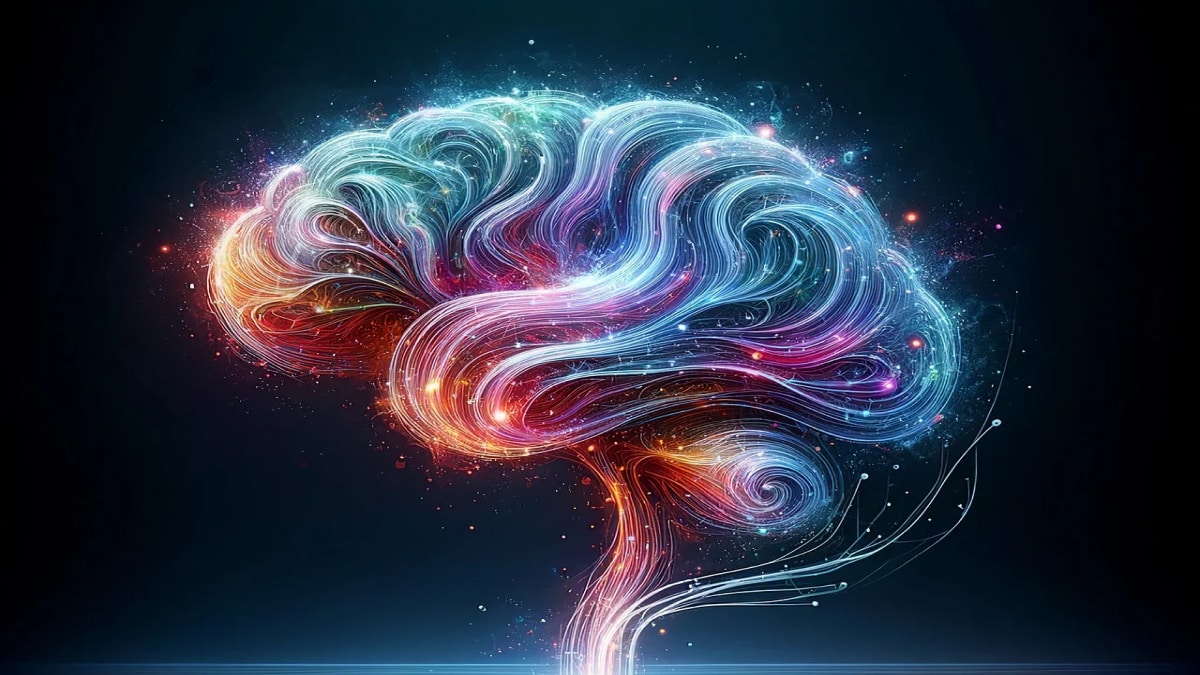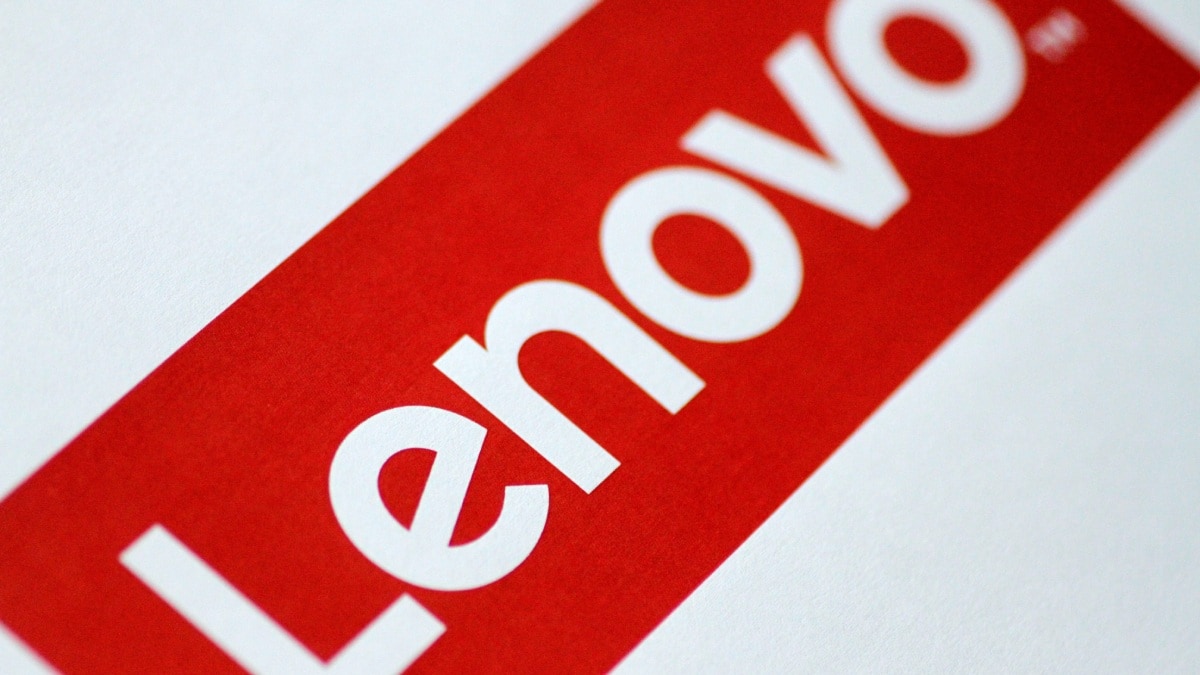Researchers map the largest neural connections ever in the brain of a fruit fly

Scientists have developed the most detailed map of a fruit fly’s brain yet, revealing nearly 140,000 neurons and 54.5 million synapses. This achievement is the result of more than four years of work by researchers led by neuroscientists Mala Murthy and Sebastian Seung of Princeton University. The map, known as a ‘connectome’, represents the most complete brain diagram for any organism.
This detailed project used electron microscopy images to reconstruct the fly’s brain. AI-enabled tools helped collect the data, although many parts required manual review. The research team, together with volunteers, performed more than three million manual operations to ensure accuracy. These efforts revealed 8,453 neuron types, of which 4,581 were newly discovered.
Surprising discoveries in neural connections
During the study, researchers discovered surprising details about how different neurons are connected. She found that neurons typically involved in sensory processing, such as visual circuits, often connect to neurons responsible for other senses, such as hearing and touch. This discovery has highlighted the complex integration of sensory information in the brain.
Insights into the behavior of fruit flies
The collected data has already been used to simulate the behavior of fruit flies in virtual models. In one experiment, the simulation showed how neurons responsible for detecting sweet or bitter tastes activate motor neurons that control the fly’s proboscis. When tested on real flies, the virtual model was more than 90% accurate in predicting the response and behavior of neurons.
Future research potential
Although the map is based on a single female fruit fly, it provides important insights into brain function and structure. Researchers plan to expand the project to include male flies and study behaviors such as singing. Despite the progress, researchers note that there is still much more to understand about the chemical and electrical communication between neurons.




